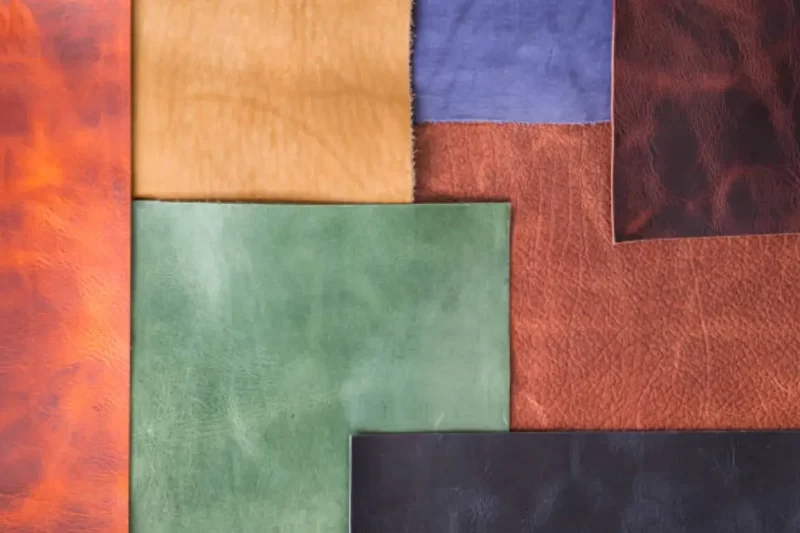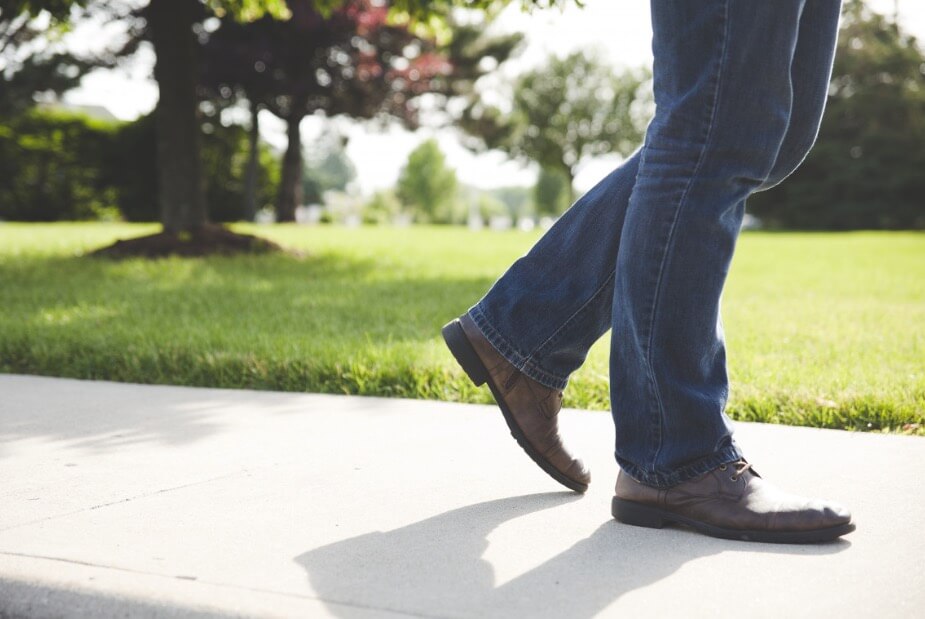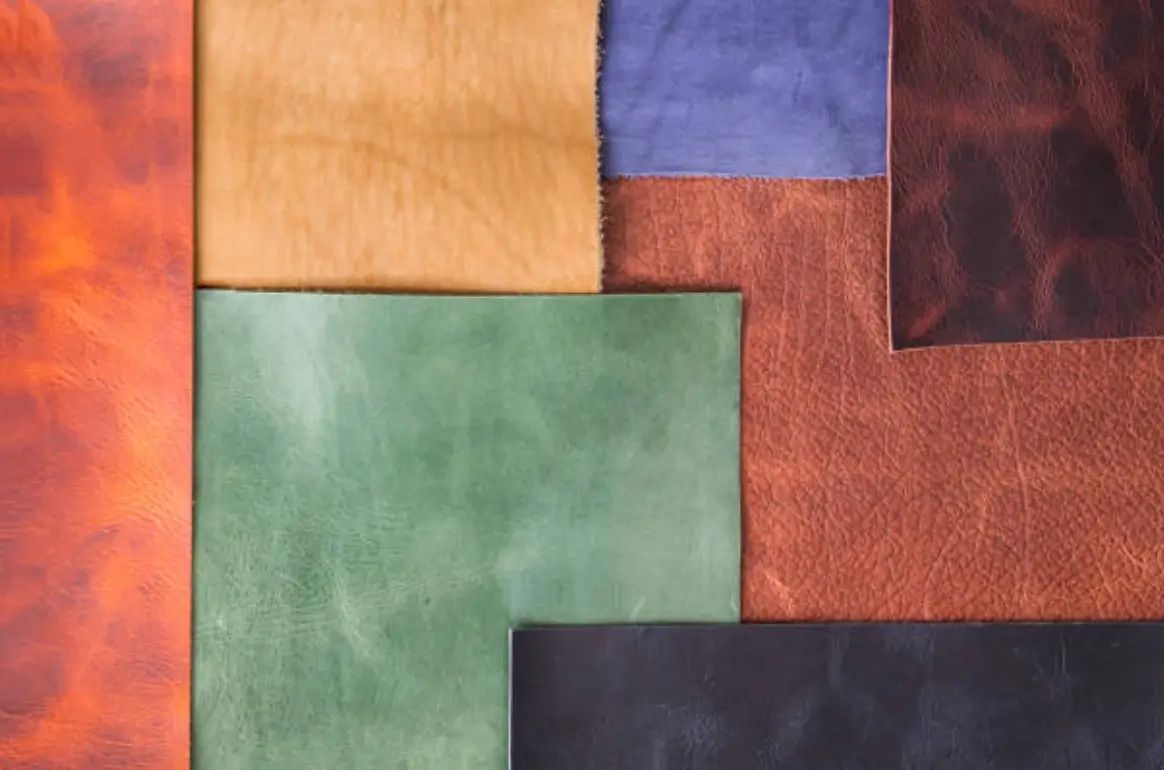By someone who’s spent 10+ years in the thick of it—from Italian tannery floors to high-speed PU production lines in Asia.
Let’s Get Real For a Second…
If you’re a brand owner, designer, or sourcing specialist, you’ve been here before: PU vs. Leather — which one should you choose?
It’s a deceptively simple question. But behind it is a tangle of brand identity, customer expectation, sustainability claims, price points, and performance requirements. I’ve worked on collections for luxury heritage lines, scaling DTC startups, and athletic giants—and I promise you this:
There is no one-size-fits-all material.
But picking the wrong one? That can break your margins, tank your customer reviews, or misalign your whole brand story.
So let’s stop treating this like a binary option.
This guide will give you what your competitors’ blogs won’t:
Lived experience from the field. Brutal trade-offs. And a clear, strategic framework to make the right material decision for your unique brand in 2025 and beyond.
Quickfire Comparison: PU vs. Leather in Under 90 Seconds
| Factor | Genuine Leather | PU (Polyurethane) | Bottom Line |
|---|---|---|---|
| Cost per Unit | High & fluctuates. | Low & predictable. | PU wins on cost and margin stability. |
| Durability | Can last decades. | 1–5 years (standard), 5–10 (premium PU). | Leather is built to last. PU is “long enough” for affordability. |
| Aesthetic & Feel | Rich, natural, premium patina over time. | Mimics any look & texture. High-grade PU can look identical. | Leather has character; PU has customization superpowers. |
| Consistency in Production | Every hide is unique. | Uniform quality across rolls. | PU streamlines production and minimizes material waste. |
| Water Resistance | Needs treatment for water resistance. | Naturally water-resistant. | PU wins for weather-proofing out of the box. |
| Breathability | Naturally breathable. Manages moisture internally. | Low breathability — unless upgraded PU or breathable design. | Leather is superior for all-day comfort. |
| Eco-Story | Sustainable if LWG-certified; still uses animal hides. | Vegan-friendly, but made from plastic… unless bio-based. | Leather = craftsmanship story. PU = vegan & inclusive storytelling. |
Bottom line?
You’re not choosing a material. You’re choosing a message. A cost structure. A customer experience.
Now, let’s get into the why.
Leather: The Legacy Material That Still Has Game
Let’s be honest—leather still makes hearts skip a beat for certain customers. And not without reason.
Why Brands Still Fall Head over Heels for Good Leather
1. Unmatched Longevity
You’re not selling a shoe—you’re selling a thing that ages with you. Full-grain leather can last 10–20+ years with love and care. And as it wears in, it only gets better looking. That’s soul. Synthetics haven’t cracked that yet.
2. The Sensory X-Factor
There’s a real “wow” moment when someone unboxes a new pair of leather shoes. That rich, earthy smell. The grain. The feel. If your brand is premium, leather speaks volumes before the logo even does.
3. Breathability = Comfort
Ever wondered why top-tier dress shoes and boots rarely go synthetic? Leather breathes. It absorbs and whisks away sweat far better than synthetics. Less moisture = fewer blisters, less odor, better all-day comfort. Your customers may not say it, but they’ll definitely feel it.
But Leather has Baggage. And It’s Heavy.
1. Pricing Roller Coasters
Fluctuations in cattle supply, weather, and tanning chemicals mean leather prices move like crypto coins. Hard to forecast. Harder to scale.
And that buttery-soft Italian calfskin you loved last season? It might cost 20-40% more next season.
2. Inconsistency = More Waste = More Cost
Nature isn’t uniform. Leather will have scars, insect bites, stretch marks. This adds complexity—and waste—during prototyping and mass cutting.
3. Ethical Grey Areas
Let’s face it: not everyone wants to wear animal-derived materials anymore. And unless you’re using LWG-certified or vegetable-tanned leather, water and chemical footprints can be problematic and PR-sensitive.
PU: The Powerhouse Driving the Future of Footwear
If leather is the romantic old soul, PU is the tech-savvy shapeshifter reinventing the industry—and quickly dominating the commercial middle tiers.
Why More Brands Are Betting on PU in 2025
1. Cost Predictability = Healthier Margins
PU lets you plan and forecast without sweating commodity markets. If your pricing model relies on predictability and turns, this is a massive edge.
2. Visual Versatility & Speed to Market
Designers love PU. Why? You want iridescent purple python print? Done. Want 12 colorways of the same model? No problem.
PU gives you freedom + factory efficiency. Period.
3. Maintenance-Friendly and Everyday-Ready
Your customer can wipe them clean with a cloth. They’re naturally water-resistant. Great for everyday wear. Great for busy lifestyles. Great for parents buying shoes for kids.
4. Vegan Label = Marketing Gold
The word “vegan” on a shoe box is doing a LOT of heavy lifting these days. It signals ethics. Inclusivity. Modernity. Whether they’re plant-based or not, PU shoes can wear that label—and today, that’s a serious selling point.
But PU Isn’t Without Pitfalls
1. It Doesn’t Last Forever
Even premium PU breaks down eventually—typically through hydrolysis (the material starts to peel or crack). It could take 5–10 years, but it’ll happen.
Make sure you align the PU grade with the product’s price and intended lifespan—some brands cut corners here and pay the price later in returns and bad reviews.
2. Your Feet Might Not Love It
Most basic PU doesn’t breathe well. It traps heat. It raises sweat and odor issues. New bio-PUs and airy designs help, but they up your cost.
3. Cheap PU = Cheap Brand Perception
Nothing kills a first impression faster than that shiny, plastic look or the telltale chemical smell of low-end PU. Pro-tip: Partner with a manufacturer who works with microfiber or high-density PU. It makes all the difference for feel, durability, and perception.
Making the Right Call: A Strategic Framework
Let’s cut the noise—here’s how to approach this decision like a brand-building strategist, not just a material buyer:
If You’re Building a Luxury or Heritage Brand…
Make leather your hero. Your audience is buying into the story, not just the product. Rich materials, old-world craftsmanship, timeless durability—leather delivers that authenticity.
You can still use subtle PU (e.g. in linings or seasonal entry-level lines) to remain competitive.
If You’re Leading a Trend-Driven or Fast Fashion Brand…
PU all the way. Speed, versatility, affordability—it’s made for you. Launch more collections. Test more looks. Keep stock minimal.
Just invest in better-grade, non-cheap-looking PU. Cheap PU = cheap perception, and that’s hard to rebuild.
If You’re a Sustainable or Vegan Brand…
Bio-based PU is your holy grail. Not all PU is plastic hell anymore. Look for PU infused with corn, sugarcane, or recycled polymers, and get the proof: certs, lab results, transparency.
But remember to explain it well—many consumers still think “plastic = bad.” Your marketing clarity here = trust.
If You’re Building Performance or Athletic Footwear…
Tech-forward synthetics >>> leather. Leather’s too heavy, too absorbent, and impractical for modern athletic use.
Instead, use performance-optimized PU, TPU, or advanced mesh fabrics that support comfort, breathability, flexibility, and bounce.
Pro Tips from the Trenches
- Don’t settle for whatever your factory recommends. Ask about PU density, tensile strength, supplier origin, breathability scores, and hydrolysis lab testing.
- For leather, demand LWG Gold or Silver-rated suppliers. And if your customer cares, consider vegetable tanning—even if it’s more expensive.
- Use both materials strategically. Some of the most profitable brands combine them—leather for max-value SKUs, premium PU for fast sellers.
FAQ: Real Buyer Questions Answered
Q: Is PU leather the same as faux leather?
A: PU is a type of faux leather—and by far the most commonly used. It performs better than old-school PVC and can mimic natural leather incredibly closely.
Q: How long do PU shoes last?
A: 1–5 years for low-end PU, 5–10+ for high-grade versions. But design, usage, and storage matter too. Think of PU as “long enough”—not “lifelong.”
Q: Is PU leather eco-friendly?
A: Conventional PU? No—it’s plastic-based. But today’s market offers bio-based and recycled PUs, which are significantly better. Always ask your supplier.
Q: Can PU look and feel like real leather?
Yes. Microfiber PU is so impressive today that many customers won’t spot the difference unless they’re leather purists.
Final Thoughts: It’s Not Just a Material, It’s a Strategic Decision
I hope this guide has shown you that the “PU vs. Leather” debate isn’t just about picking a material off a list. It’s about making a smart, strategic choice that aligns with your brand, your customer, and your business goals. What separates a good shoe from a great one isn’t just the design; it’s the relentless obsession with choosing the right materials and executing them perfectly.
This is a journey we at JINHUA Shoes live and breathe every single day.
It’s why we’ve spent decades building relationships with the world’s best tanneries and innovative PU suppliers.
It’s why our expert team doesn’t just fulfill orders—we act as your material consultants.
And it’s why we’re trusted by leading brands across five continents to help them make these critical decisions.
If you’re looking for a manufacturing partner who is as passionate about the materials as you are about your brand, I would genuinely love to talk.
Ready to make the right choice for your next collection?
Let’s discuss your project. Our specialists will provide personalized, strategic feedback to help you select the perfect material for your brand.



